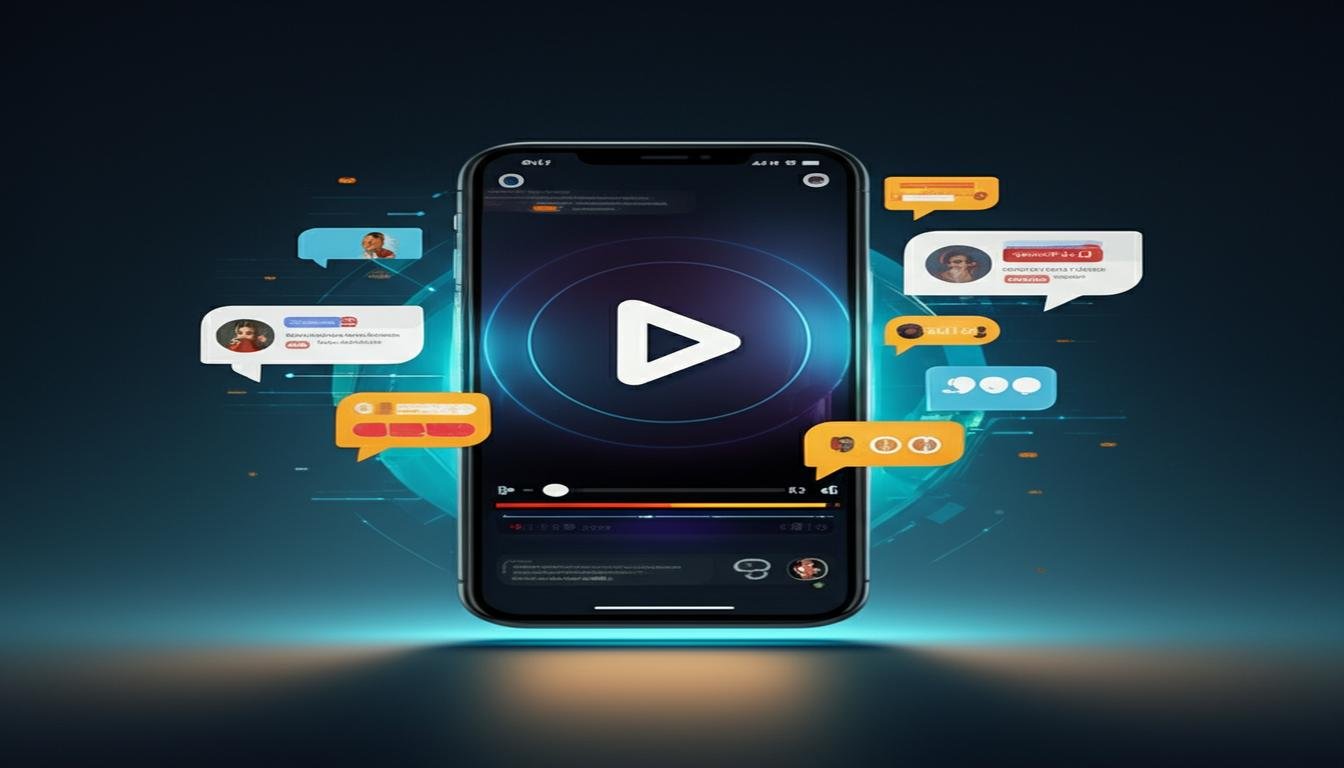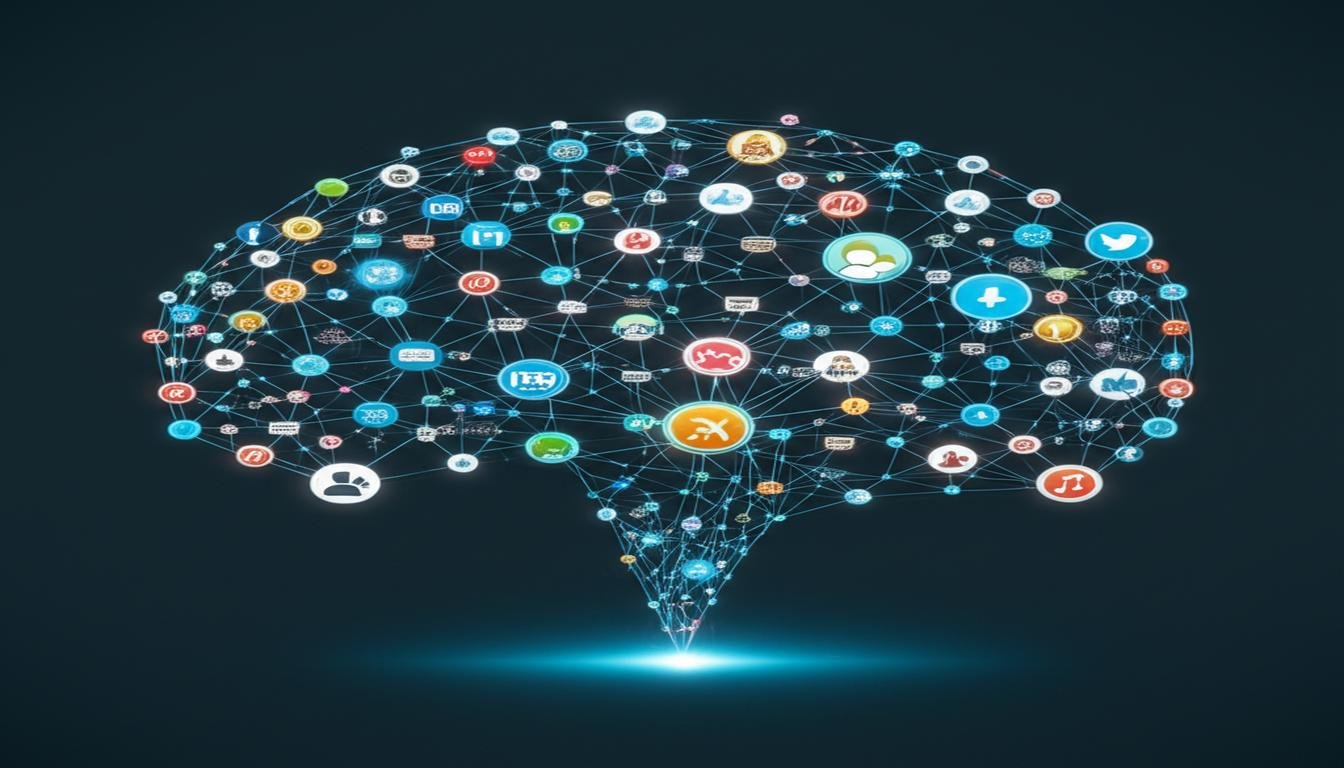Warning: Don’t Use This AI Tool Until You Read This
Okay, let’s be honest. The buzz around artificial intelligence right now is massive. Everyone’s talking about how AI tools can write emails, generate images, summarize documents, or even help with coding. It’s exciting, isn’t it? The promise of saving time, boosting creativity, and making life easier is incredibly tempting. You’re probably already trying some out or thinking about diving deep.
But here’s the thing: before you get too comfortable or hit that “generate” button one more time, I need to tell you something crucial. There’s a hidden side to relying on these powerful AI tools, a side many people completely overlook. And believe me, ignoring it can lead to some real headaches, privacy slip-ups, or even big mistakes. This isn’t about scaring you away from AI entirely; it’s about making sure you use it smartly, safely, and effectively.
The Hidden Risks You’re Probably Missing
It’s easy to get caught up in the hype and forget that AI isn’t magic. It’s a tool, and like any tool, it comes with specific limitations and potential dangers if not used correctly. Let’s break down some of the most common pitfalls people miss.
It’s Not Always Right (Accuracy & Bias)
Think of AI as a very clever parrot. It can repeat information it’s heard, combine it in new ways, and even sound incredibly confident. But it doesn’t *understand* in the way a human does. It doesn’t have personal experience or a moral compass. This means:
- Accuracy Issues: AI tools can “hallucinate” facts, make up sources, or present outdated information as current. If you’re using it for a school report, a business proposal, or anything that requires factual accuracy, blindly trusting its output is a recipe for disaster. Imagine submitting a project with completely incorrect data because you didn’t double-check.
- Inherent Bias: AI models are trained on massive datasets. If that data contains societal biases (and most of it does), the AI will reflect those biases. This could mean generating text that is sexist, racist, or simply unfair without you even realizing it.
The Privacy Pitfall (Data Security Concerns)
This is a big one that often gets ignored. When you type something into an AI tool, especially a free one, where does that information go? Most services state in their terms (which, let’s be honest, we rarely read) that your input data might be used to train their models, or it might be stored on their servers.
- Sensitive Information: Never, ever input personal or confidential data into a general AI tool. This includes client names, proprietary business secrets, your address, medical details, or anything you wouldn’t shout from a mountaintop. You could be inadvertently sharing incredibly sensitive information with a third party, and once it’s out there, you can’t take it back.
- Company Policies: Many companies have strict policies against using public AI tools for work-related content precisely because of these data security risks. You could be violating company rules without knowing it.
Over-Reliance Can Cost You (Losing Your Critical Edge)
It’s tempting to let AI do all the heavy lifting. Why brainstorm ideas when AI can generate 50 in seconds? Why write a first draft when AI can do it faster? But here’s the danger:
- Dulling Your Skills: If you constantly rely on AI to think for you, your own critical thinking, creativity, and problem-solving skills can start to get rusty. You might find it harder to come up with original ideas or spot errors without AI’s “help.”
- Loss of Authenticity: AI-generated content, while often grammatically perfect, can sometimes lack a human touch, unique voice, or genuine emotion. Your message might lose its impact or sound generic.
Before You Click “Generate”: What to Do
So, what’s the solution? Don’t toss out your AI tools. Instead, learn to use them like a pro. Here are some actionable steps to protect yourself and get the most out of AI.
Verify, Verify, Verify!
- Fact-Check Everything: If AI provides facts, figures, or specific information, always cross-reference it with reputable sources. Don’t take its word for granted.
- Review for Bias: Read AI-generated content with a critical eye. Does it seem balanced? Are there any subtle assumptions or stereotypes at play?
- Check for Plagiarism: While AI generates unique content, it can sometimes pull phrases or ideas very close to existing works. Always run critical outputs through a plagiarism checker if originality is paramount.
Protect Your Data (And Yourself)
- Assume Nothing is Private: Treat anything you input into a general AI tool as public information. If it’s sensitive, don’t type it in.
- Read Terms of Service: At least skim the privacy policy of any AI tool you plan to use regularly, especially for work or personal projects involving sensitive data.
- Use Secure Options: If your company offers a secure, internal AI solution, use that instead of public tools for confidential work.
Keep Your Human Touch
- Use AI as an Assistant, Not a Replacement: Let AI help with brainstorming, structuring, or drafting. But always, always be the editor, the final decision-maker, and the creative director.
- Cultivate Your Own Skills: Regularly practice tasks that AI can do, like writing, problem-solving, and critical analysis, without relying on the tool. This keeps your mind sharp.
- Add Your Unique Voice: Always infuse AI-generated content with your own personality, insights, and unique perspective to make it truly yours.
The AI revolution is here, and it’s exciting. These tools can genuinely make our lives easier and our work more efficient. But the “warning” isn’t about the tool itself; it’s about how *you* approach it. Don’t just hit “go” and blindly trust the output. Be smart, be critical, and be informed.
Use AI to empower yourself, not to replace your critical thinking. That’s the real secret to harnessing its power safely and effectively.









